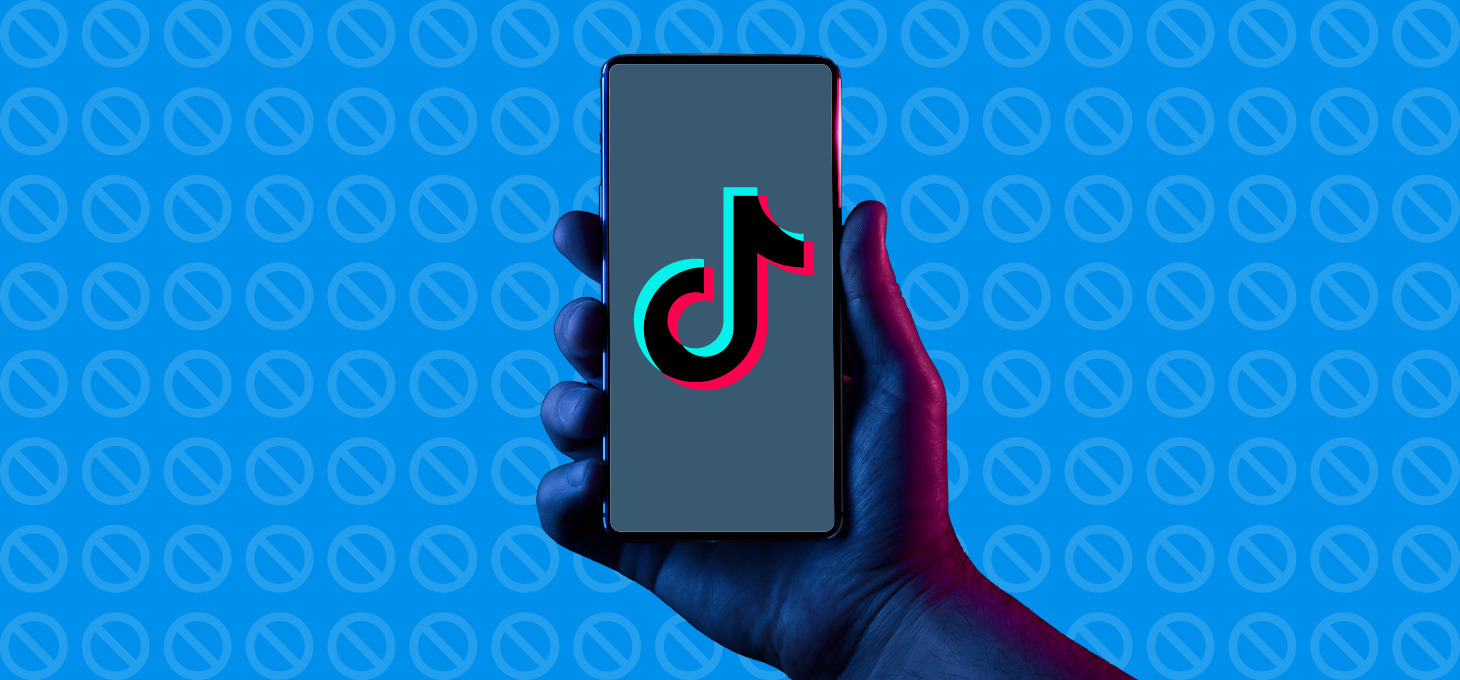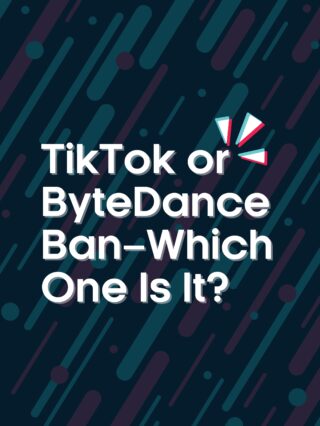For the past few years, the discussion of banning TikTok has been a popular topic of debate in the political ecosystem and the advertising industry. The core concern comes down to user privacy and data security. ByteDance, a Chinese internet technology company, owns TikTok, and could give the Chinese government access to the personal data of more than 150 million users across the United States.
TikTok CEO, Shou Zi Chew recently testified before the House Committee on Energy and Commerce in an effort to convince lawmakers that the popular app is safe. If banned, more than 150 million U.S. users on the platform will no longer be able to access the app. This has major implications for not only users and influencers, but brands and marketers as well. According to Insider Intelligence, TikTok’s U.S. ad revenue is expected to reach $6.83 billion this year, increasing from $780 million in 2020.
It remains unclear how the U.S. would implement a country wide ban of the app; however, it is likely the use of VPN services will not suffice in attempting to access the application. The U.S. has already banned the use of TikTok on government-owned devices by preventing the app from being downloaded.
India has been the largest country to have entirely banned TikTok, having blocked dozens of mostly Chinese-owned apps in 2020. Shortly following the ban, internet and wireless service providers were forced to block the banned apps, with TikTok among them. This mainly meant no more updates to those apps until the functionality ceased, but some TikTok users in India reported the app no longer had any functionality almost immediately.
Although the U.S. has yet to issue a blanket ban on an app, conversations around data privacy and security concerning TikTok and other large technology companies continue to dominate conversations within the courts and within board rooms.
For marketers, TikTok remains a critical channel for reaching engaged users. At Butler/Till, we know that three quarters of all U.S. internet users spend at least 30 minutes per day watching short-form video. This creates opportunity to continue testing engagement-driven short-form video platform competitors, such as: Instagram and Facebook Reels, Snapchat, and YouTube Shorts to name a few.
Want to learn more? Connect with our experts to get the latest details on your video marketing needs.





